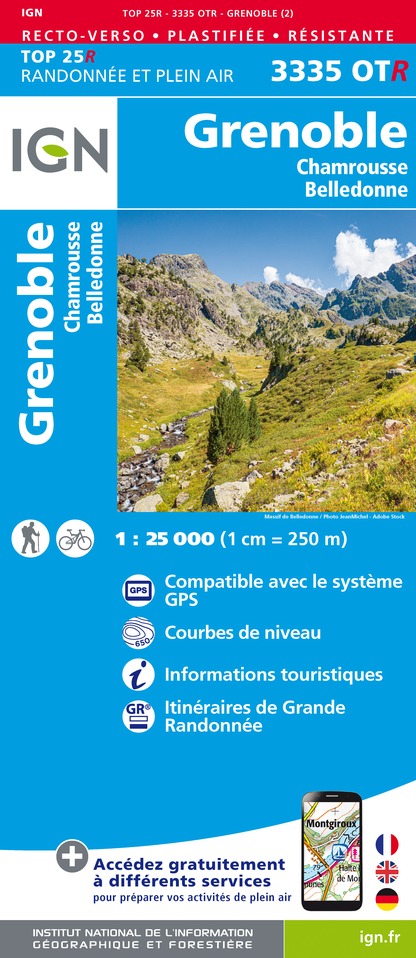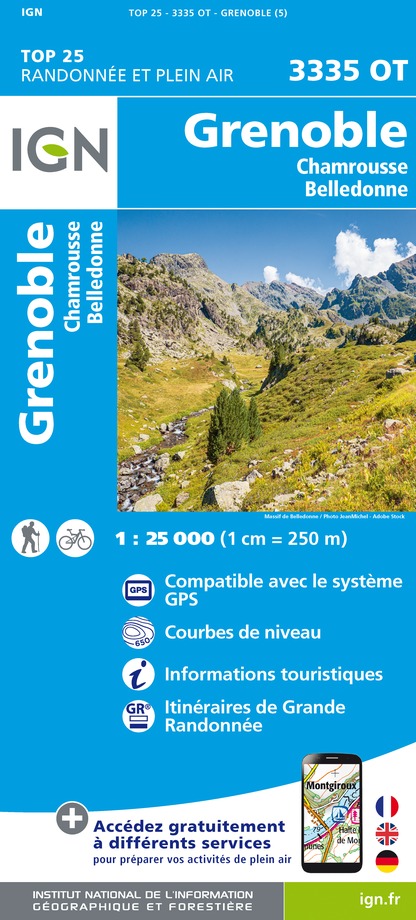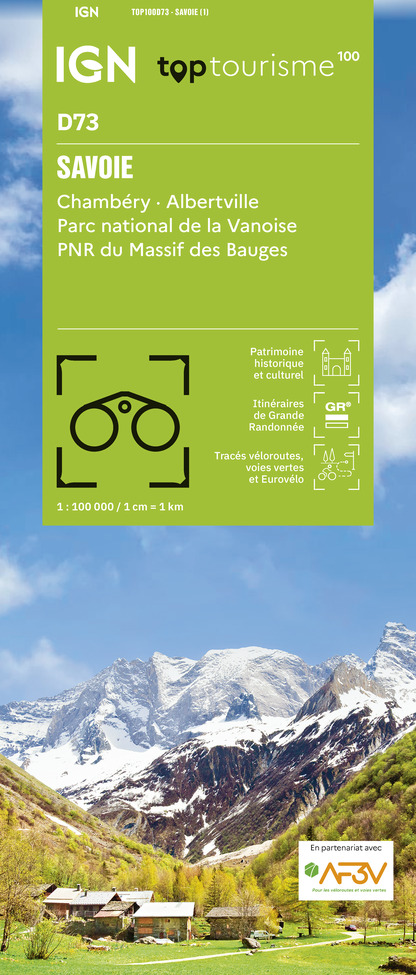Alert
Alerts
Himalayan footbridge over the Romanche gorges from Rioupéroux
1 alert on this circuit
Alerte visiteurs
Itinéraire potentiellement soumis à de forts dégâts dus à des évènements météorologiques majeurs et dont la viabilité peut être incertaine, renseignez-vous avant de vous engager sur ce parcours.










IGN cards












Description
The Romanche Gorges path goes over a 15 m long Himalayan footbridge, 10 m above the fastflowing Romanche. The hike goes up the valley through hamlets, winding its way between meadows and hydroelectric installations from a range of periods.
Technical Information
Altimetric profile
Starting point
Points of interest
Additional information
Environments
Riverside
Overview on river
Waterside
Close to a public transportation
Village 2 km away
Updated by
Oisans Tourisme - 23/10/2025
www.bike-oisans.com
Report a problem
Open period
All year round daily.
Subject to favorable snow and weather conditions.
Contact
Phone : 04 76 80 71 60
Email : info-allemond@oisans.com
Website : https://www.oisans.com/stations-et-villages/allemond/
Type of land
Stone
Ground
Hard coating (tar, cement, flooring)
Not suitable for strollers
Animals
Yes
Data author


